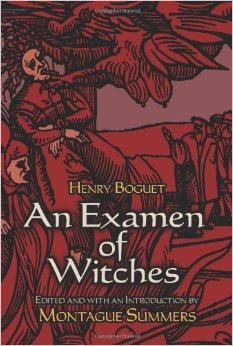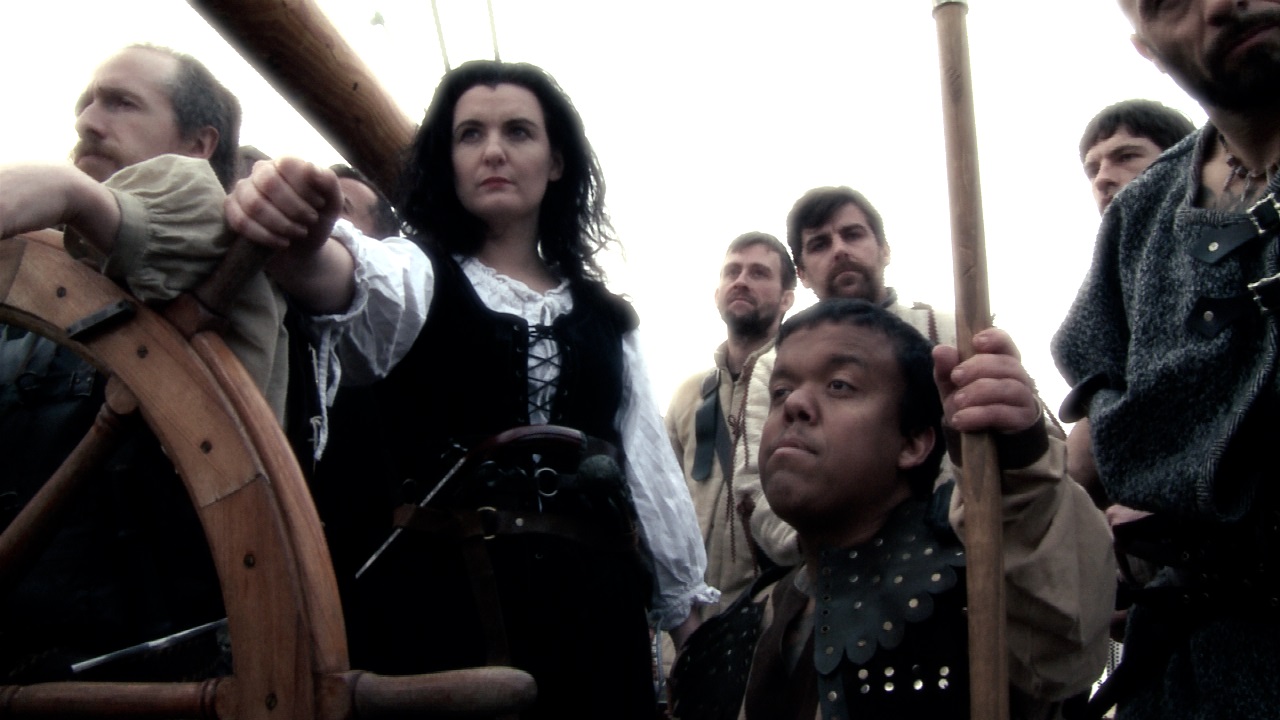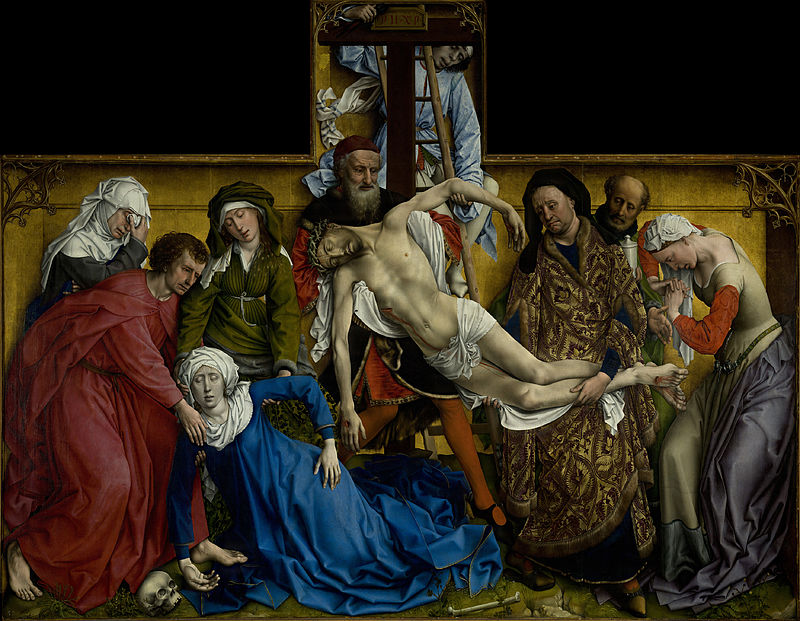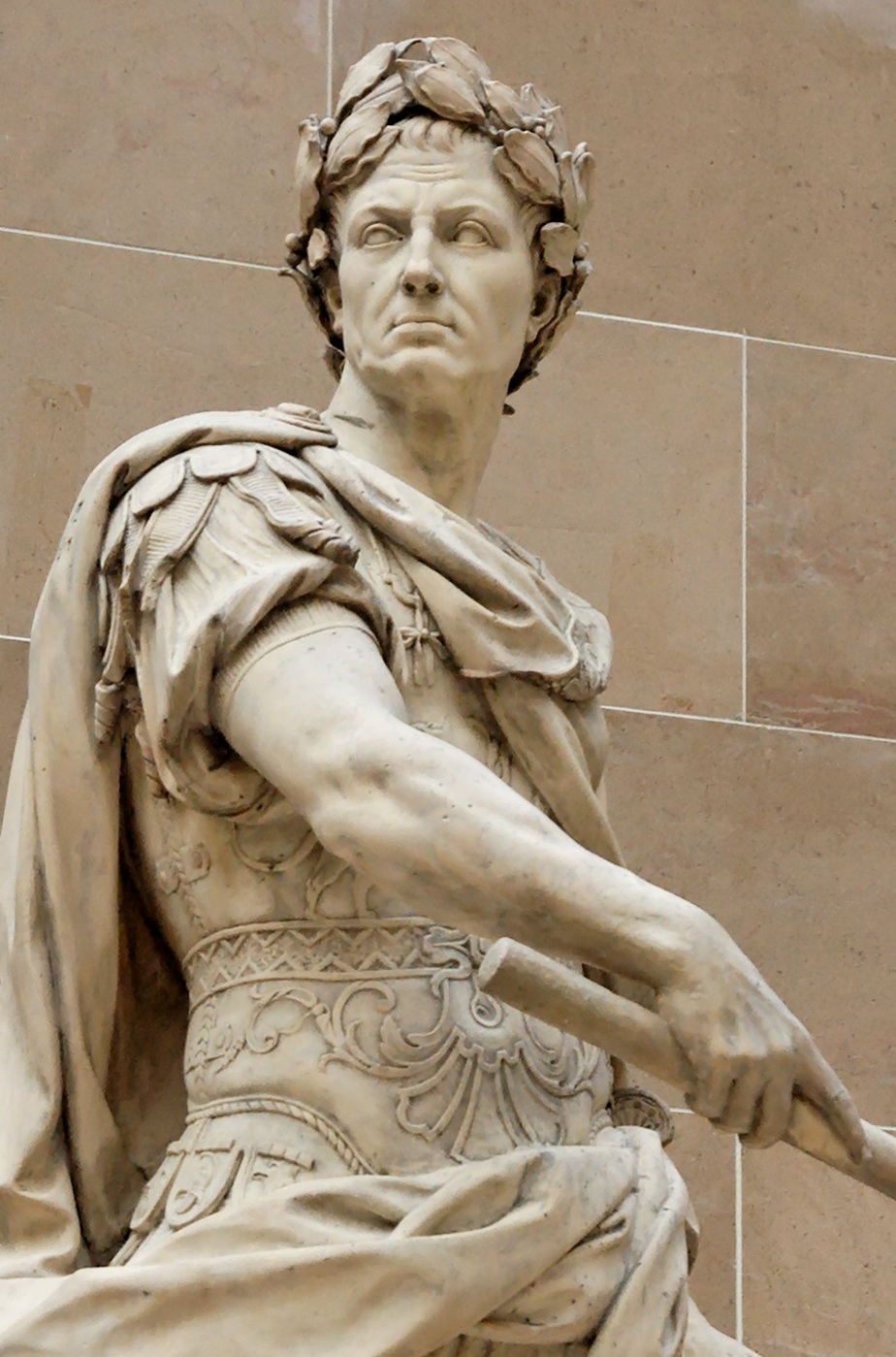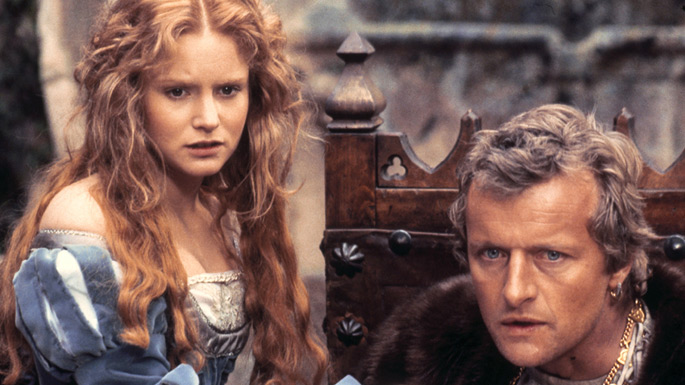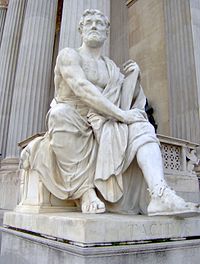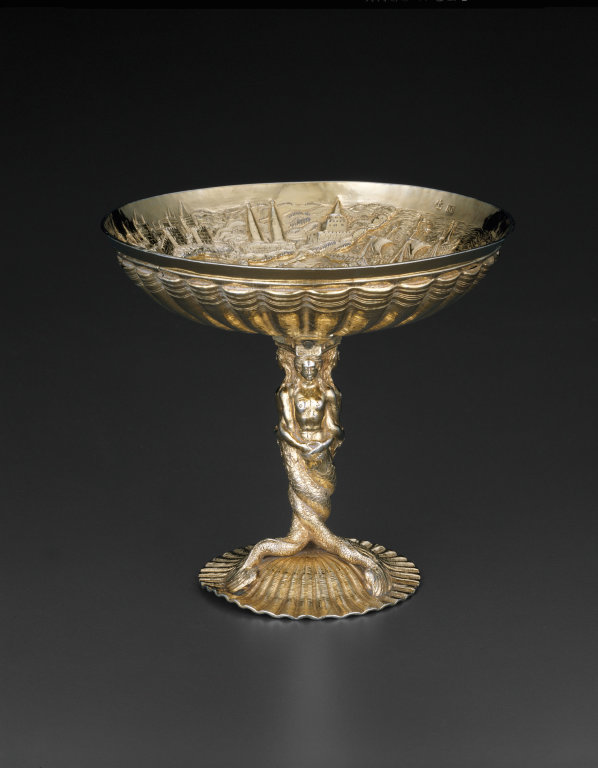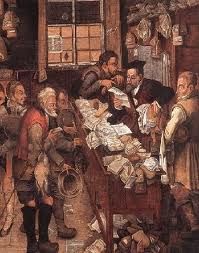10 Terrifying Reads for Halloween!
Here are some spooky medieval books for you to celebrate with over Halloween!
Dental and oral diseases in Medieval Persia, lessons from Hedayat Akhawayni
Persian physicians had a great role in assimilation and expansion of medical sciences during the medieval period and Islamic golden age.
Late Medieval Knight Reflecting on his Public Life: Hugo de Urriés (c. 1405-c. 1493), Diplomacy and Translating the Classics
This article focuses on Aragonese courtier Hugo de Urriés’s public profile by means of analyzing the critical points derived from examining his personal, political, cultural and historical stands making use of an invaluable primary source, his letter to Fernando the Catholic in the early 1490s.
Urban Territories in Late Medieval Brussels. Imagined Frontiers and Responsible Institutions
This chapter focuses on the spatial analysis of intra-urban territories which existed in late medieval and early modern Brussels (Belgium). By studying their morphological characteristics and origins, I seek to understand their functions within urban society.
A Medieval Scholasticus and Renaissance Choirmaster: A Portrait of John Hothby at Lucca
John Hothby’s career as cathedral choirmaster at Lucca is one of the longest, best documented, and most exceptional of any Northern musician active in fifteenth-century Italy.
A monastic landscape: The Cistercians in medieval Leinster
This study endeavours to discuss the Cistercian monasteries of Leinster with regard to their physical location in the landscape, the agricultural contribution of the monks to the broader social and economic world and the interaction between the cloistered monks and the secular world.
CONFERENCE: The Historical Novel Society – London 2014
My review of the recent Historical Novel Society conference that took place in London, England.
The Legal Status of Female Guardians in 1530s Lithuania
The office of guardianship was clearly needed in the society of sixteenth-century Lithuania. The comparatively short average life expectancy meant that quite a great number of children lost one or both of their parents before reaching majority, and thus had to receive some sort of protection.
Grainne Uaile: The Movie
An up and coming movie about Grace O’ Malley (Grainne Uaile), Ireland’s famous female pirate!
Turning Toward Death: The Medievals’ Terrestrial Treatment of Death in Art During the Fourteenth and Fifteenth Centuries
Throughout the Middle Ages, religious iconography was a main theme of art and the Church heavily patronized works that embodied virtuous ideals. Art was often used as a religious implement in which the Church instructed the illiterate masses. However, art can also represent pain and trauma acting as an outlet for the artist.
Medieval Perspectives: Jean de Waurin and His Perception of the Turks in Anatolia in the Late Middle Ages
This paper discusses the reasons Wavrin wrote his account of the crusade of Varna and Walerin de Wavrin’s expedition into the Balkans, which was later published within his history of Britain and how he perceived and accordingly presented the Turks to the renaissance readers.
Pedlars and Alchemists in Friuli History of itinerant sellers in an alpine reality
This short review discusses about itinerant sellers in Friuli, who are Cramaro called (XI-XIX centuries). Attention is focused, in particular, on the question if some of theme were alchemists.
Northern Renaissance? Burgundy And Netherlandish Art In Fifteenth-Century Europe
Everyone who has studied medieval or modern history knows that the periodisation of the eras on either side of the Renaissance provides much food for thought. This contribution aims irst to address the usefulness of the widespread concept of the ‘Northern Renaissance’.
The Depiction of Jews in the Carnival Plays and Comedies of Hans Folz and Hans Sachs in Early Modern Nuremberg
This study will thus demonstrate that the Bakhtinian model and its critics both contribute to our understanding of the Fastnachtspiel and the development of early modern German attitudes toward Jews.
Conversion on the Scaffold: Italian Practices in European Context
11 January 1581 was a fine day in Rome. That morning, Michel de Montaigne, recently arrived in the city, had gone out on horseback when he encountered a procession accompanying a condemned man to execution. Montaigne stopped to watch the sight.
Quiz: Which Renaissance Artist Created this Masterpiece?
Here are ten close-up images of famous art works created by Italian Renaissance artists. Can you name the artist?
Julius Caesar and Alexander the Great: Tracing the Literary Zeitgeist from the Middle Ages to the Renaissance
My purpose here is to examine how English writers viewed and depicted these men in poetry, prose, and drama, beginning in medieval England and on through the Renaissance, in search of a pattern. In all ways, a society or culture is in a constant state of change.
Mapping the Medieval Countryside
My summary of a Institute of Historical Research session on the digitization of records in Late Medieval England.
MOVIE REVIEW: Flesh and Blood
My review of the late medieval movie, Flesh and Blood.
Quid Tacitus . . . ? The Germania and the Study of Anglo-Saxon England
This paper considers the vexed historiography of Tacitus’s Germania and its reception history, first among German and other European historians and then among Anglo-Saxonists.
CONFERENCES: Renaissance Drinking Culture and Renaissance Drinking Vessels
This paper took a closer look at Renaissance drinking vessels and drinking culture and examined the types of vessels commonly used in Italy and the Netherlands during the fifteenth and sixteenth centuries.
Jewish Shock-Troops of the Apocalypse
It would not be difficult to dismiss the legend of the Antichrist in its medieval manifestations as pure fantasy—analogous to such entertaining motifs as fire-breathing dragons, unicorns, enchantments and the like.
BOOKS: Canterbury Cathedral
After visiting Canterbury Cathedral, I was inspired to suggest books that relate to Canterbury’s famous Archbishops, history and beauty.
Proving Fifteenth Century Promises
Twentieth century common law lawyers know that a plaintiff has a remedy for the breach of a promise to do something in the future. Such a promise was not actionable until the early Renaissance period in England.
The Fables of Leonardo da Vinci
When wine is consumed by the drunkard, it takes revenge on the drinker.
